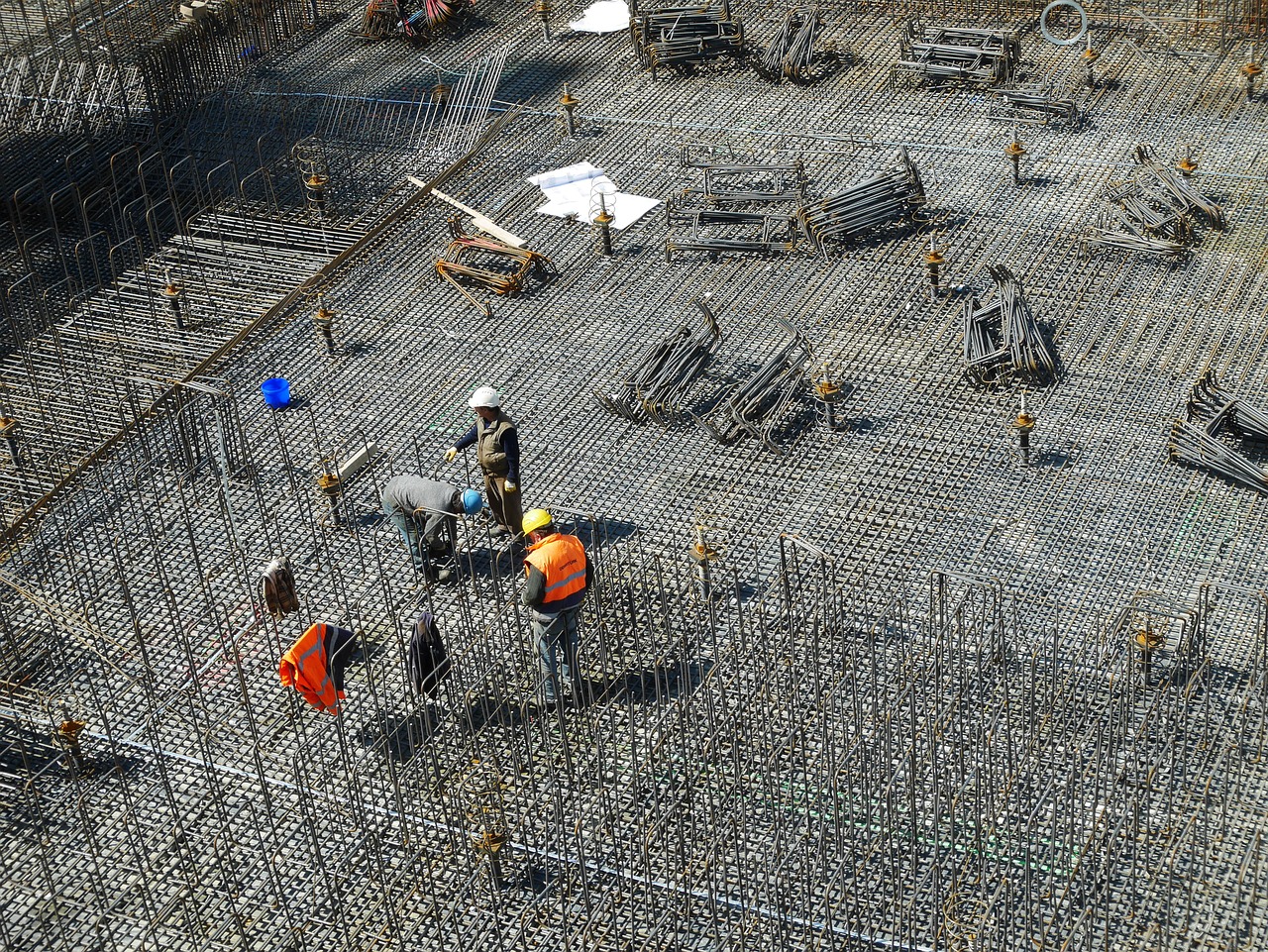A new Illinois law sets the maximum retainage clients can withhold from contractor payments on private projects.
The change went into effect on August 20, and is expected to help many general contractors and subcontractors receive bigger checks earlier in the project timeline.
The new rule forbids customers from withholding more than 10% retainage from contractor payments, and orders retainage to be reduced to 5% after a contractor has completed half of the work.
The new law applies to all construction contracts. Twenty states have enacted legislation that caps private contract retainage at 10% or less. One state, New Mexico, prohibits any retainage from being withheld from a construction contract.
The legislation can be considered a codification of what already is standard industry practice. But, it should provide some relief because general contractors and subcontractors will be able to pay bills sooner with the additional 5%.
Related Stories
Codes and Standards | Jan 9, 2017
New LEED for Cities, LEED for Communities pilot certifications unveiled
Requires tracking of performance data and progress toward goals.
Codes and Standards | Jan 9, 2017
China claims top ranking outside of U.S. for total LEED-certified space
Canada, India, Brazil, and Korea round out top 5.
Codes and Standards | Jan 6, 2017
OSHA prompts more proactive approach to construction site safety
Remote operated camera systems are being used to mitigate risk in real time.
Codes and Standards | Jan 5, 2017
2018 building energy code upholds efficiency gains
Efforts to scale back efficiency requirements largely defeated.
Codes and Standards | Jan 4, 2017
Low-income housing doesn’t lower neighborhood housing values
A Trulia study contradicts longstanding fears.
Codes and Standards | Jan 3, 2017
Intelligent transportation systems have implications for designers, construction firms
Sensors and Internet of Things devices will have to be embedded in infrastructure.
Codes and Standards | Dec 15, 2016
OSHA releases safety recommendation guide for construction industry
It is said to be most helpful to small and mid-sized contractors.
Codes and Standards | Dec 14, 2016
Cities must invest $375 billion to avoid catastrophic global climate change
C40 Cities Climate Leadership Group advocates low carbon infrastructure.
Codes and Standards | Dec 14, 2016
Resilient construction techniques pay for themselves over lifetime of buildings
Spending $340,000 for resiliency would pay for itself over the lifetime of a $10 million structure.
Codes and Standards | Dec 12, 2016
Dept. of Energy launches program to advance zero energy school design
Six school districts and two states are among the first to mainstream zero energy schools.

















